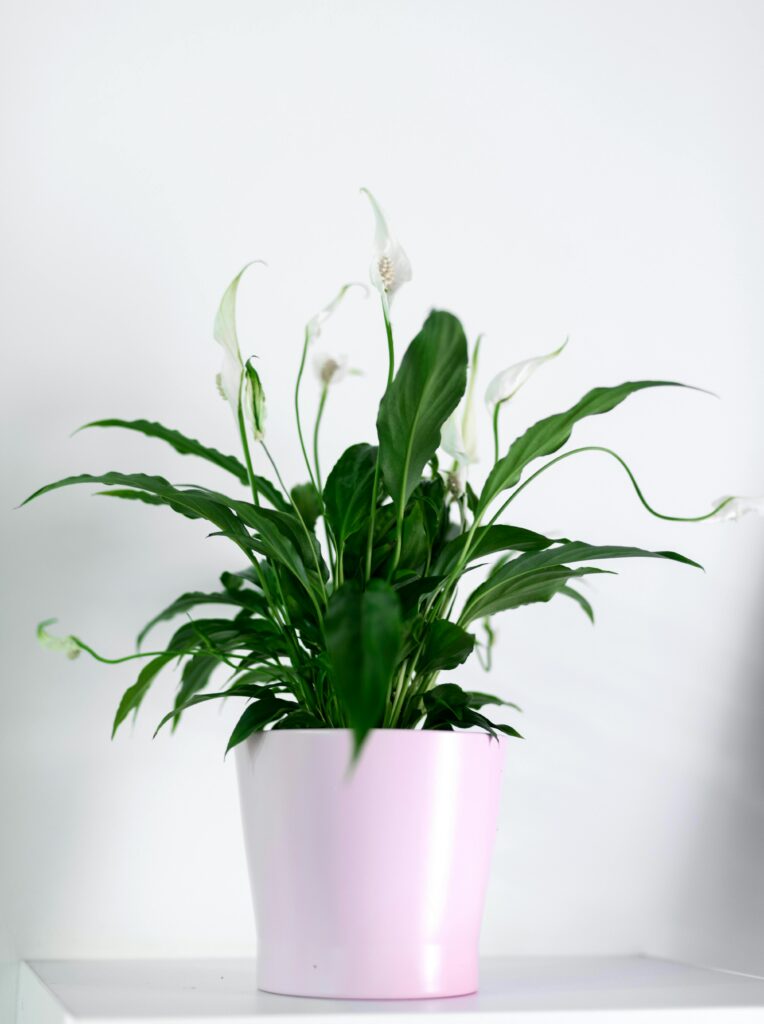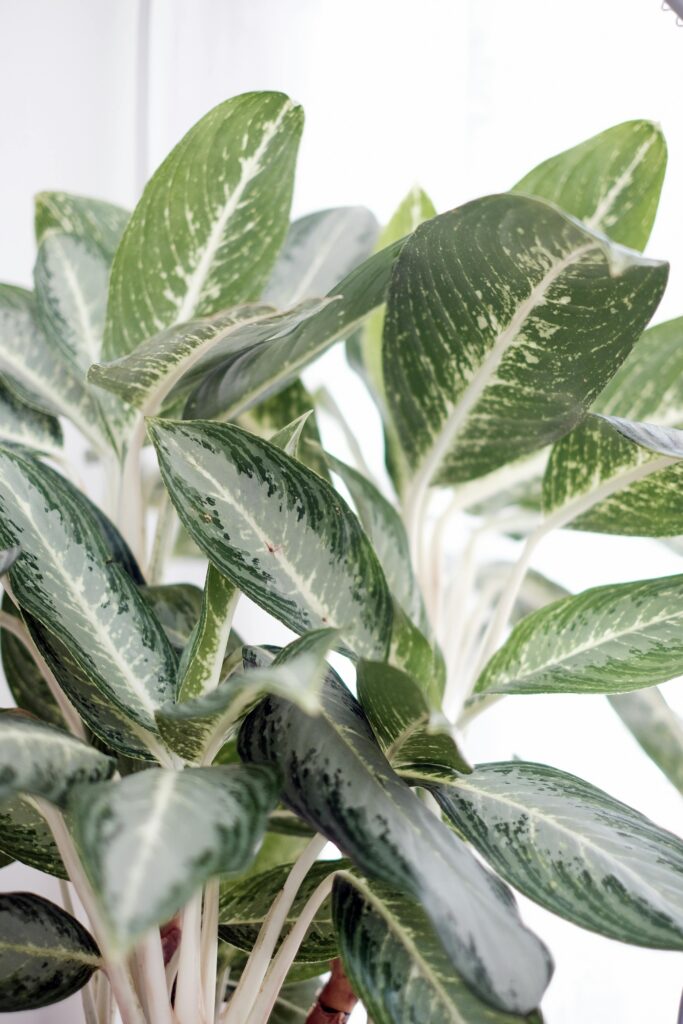By: Kaelyn Lacefield
Indoor plants can add beauty and freshness to your home, but they can also impact your allergies. Contrary to the common belief that all plants improve indoor air quality, certain varieties can worsen allergic reactions. Understanding which plants allergy-friendly and which ones are \to avoid can help you create a healthier living environment. Here’s a closer look at how indoor plants affect allergies and a list of the best and worst choices for allergy sufferers.
The Air Quality Myth
While many people think that having plants indoors naturally purifies the air, the reality is more nuanced. Some indoor plants may release pollen or mold spores, aggravating allergies for susceptible individuals. It’s crucial to be selective about the types of plants you bring into your home if you’re prone to allergies, particularly those related to pollen or mold.

Best Indoor Plants for Allergies
To minimize allergy symptoms, consider incorporating the following plants into your indoor space. These plants have lower allergenic potential based on the Ogren Plant Allergy Scale (OPALS), which rates plants from 1 to 10, with 1 being the least allergenic.
1. Peace Lily (Spathiphyllum)
The Peace Lily is not only aesthetically pleasing but also effective at improving air quality. It thrives in warm indoor conditions and requires minimal care, making it an excellent choice for allergy sufferers. (However, if you have plants you should avoid any sort of Lily as they are toxic to cats and dogs.)
2. Janet Craig
This slow-growing shrub, a type of corn plant, is well-suited for indoor environments. Its hardiness and ability to thrive in various light conditions make it a popular option for those looking to reduce allergens.
3. Snake Plant (Sansevieria trifasciata)
Commonly known as Mother-in-Law’s Tongue, the Snake Plant is renowned for its durability. It’s low-maintenance and can tolerate various light levels, making it an ideal choice for indoor spaces.

4. Chinese Evergreen (Aglaonema)
The Chinese Evergreen is perfect for low-light areas and contributes positively to air quality. Its lush foliage adds visual interest to any room while posing minimal risk to allergy sufferers.
5. Marginata (Dracaena marginata)
Also known as the Dragon Tree, Marginata is drought-resistant and can thrive in various indoor conditions. Its low allergenic potential makes it a safe choice for those sensitive to pollen.
Worst Indoor Plants for Allergies
On the other hand, certain plants can exacerbate allergies and should be avoided or limited in your home. Here are some of the worst offenders:
1. Ferns
While ferns are often selected for their non-toxic nature, they can release spores that aggravate allergies. Sneezing, itching, and other allergic reactions can occur when exposed to fern spores.
2. Weeping Fig (Ficus benjamina)
The Weeping Fig is a common houseplant that can trigger allergies and worsen asthma symptoms. Its potential to release allergenic particles makes it a poor choice for sensitive individuals.
3. Yucca
Despite its attractive appearance, the Yucca plant can be a source of allergens. Those with allergies or asthma may find their symptoms exacerbated in the presence of this plant.
4. Ivy (Hedera helix)
English Ivy may not pose as much of a threat as its namesake, poison ivy, but it can still cause mild allergic reactions. Its ability to release irritants means it’s best avoided for those prone to allergies.
Making Smart Plant Choices
To enjoy the benefits of indoor plants without compromising your health, it’s important to research and select plants wisely. Always consider your specific allergies and sensitivities when choosing indoor greenery. Regularly cleaning your plants and monitoring for mold can further help mitigate allergy risks.
Creating an allergy-friendly indoor garden is possible by making informed decisions about the plants you choose. By opting for those with low allergenic potential, you can enhance your living space while minimizing discomfort from allergies. Whether you’re a seasoned plant enthusiast or just starting, understanding the impact of indoor plants on your allergies will help you create a healthier home environment.